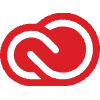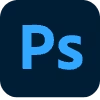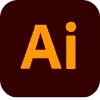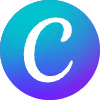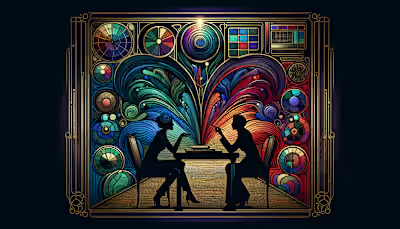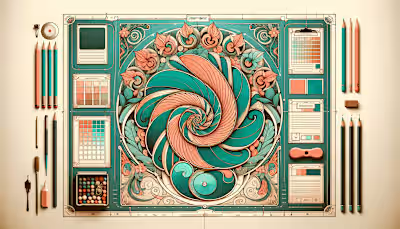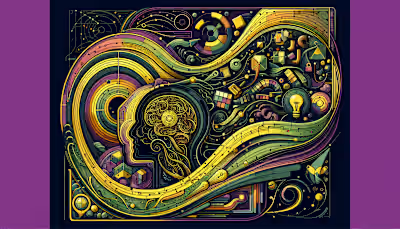Graphic Designer Job Descriptions That Attract Top Talent
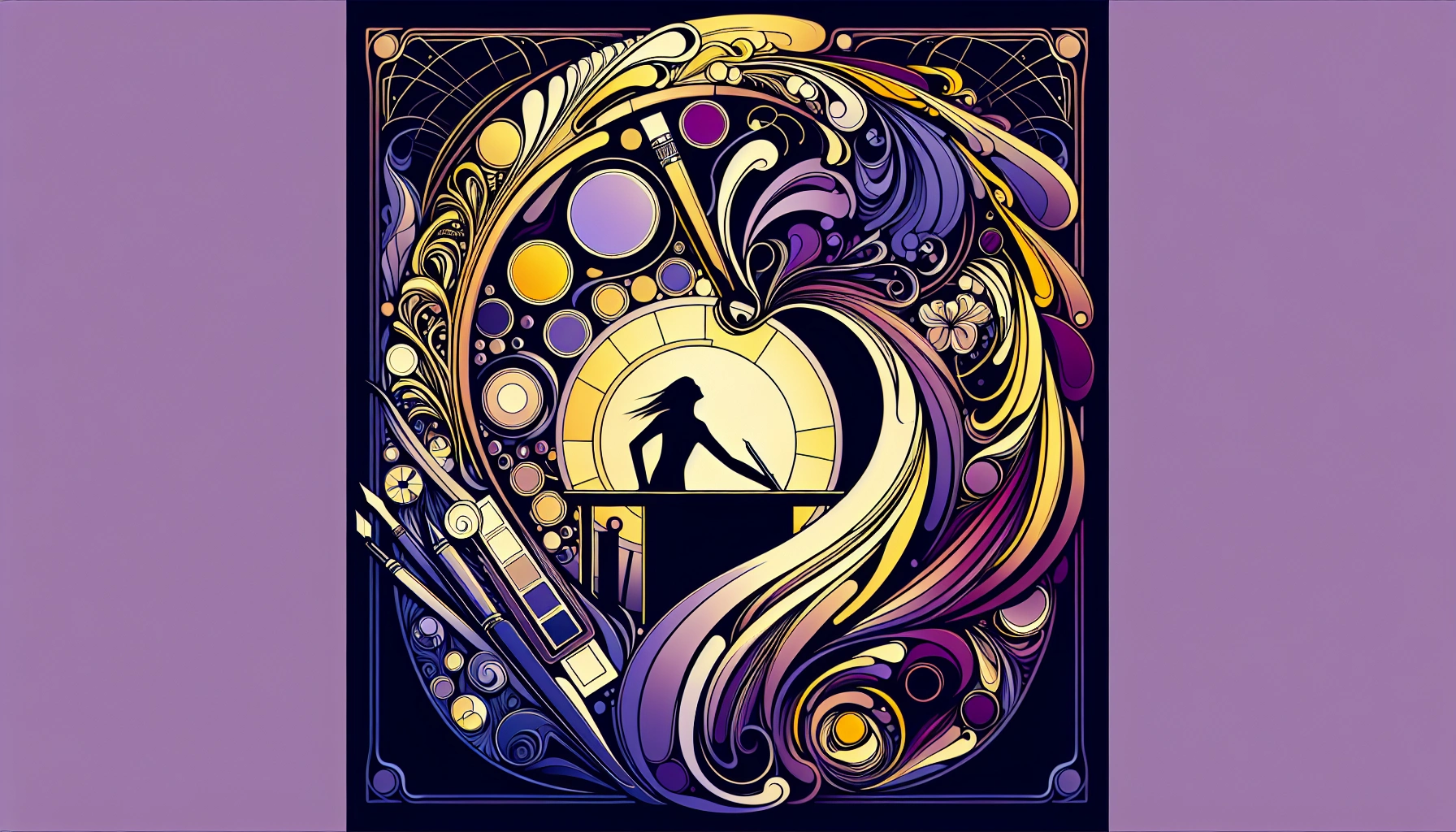
Graphic Designer Job Descriptions That Attract Top Talent
Why Job Descriptions for Designers Make a Difference
Steps to Create a Compelling Role Overview
1. Highlight Creative Opportunities
2. List Relevant Tools and Techniques
3. Showcase Growth Potential
Steps to Define Responsibilities That Inspire Innovation
4. Focus on Meaningful Tasks
5. Detail Collaboration Channels
Steps to Clarify Requirements and Qualifications
6. Separate Core Tools from Secondary Skills
7. Emphasize Soft Skills for Remote Work
Steps to Position Compensation and Perks
8. Include Salary Ranges
9. Offer Creative Incentives
Frequently Asked Questions about Designer Job Descriptions
Do recruiters need hands-on design experience?
How can smaller companies compete on perks?
Is it necessary to specify seniority levels in the job title?
Final Thoughts on Designer-Friendly Job Ads
Graphic Designer Job Descriptions That Attract Top Talent
Why Job Descriptions for Designers Make a Difference
Steps to Create a Compelling Role Overview
1. Highlight Creative Opportunities
2. List Relevant Tools and Techniques
3. Showcase Growth Potential
Steps to Define Responsibilities That Inspire Innovation
4. Focus on Meaningful Tasks
5. Detail Collaboration Channels
Steps to Clarify Requirements and Qualifications
“If everything is a ‘must-have,’ nothing is.”
6. Separate Core Tools from Secondary Skills
“Listing 14 tools in the ‘required’ section is like inviting someone to dinner and handing them the grocery list.”
7. Emphasize Soft Skills for Remote Work
“Most designers aren’t ghosting—they just never knew when to check in.” 👻
Steps to Position Compensation and Perks
“Designers don’t ghost. They just saw ‘TBD’ next to the pay and bounced.” 👻
8. Include Salary Ranges
“Saying ‘DOE’ (depending on experience) is like saying ‘we’ll figure it out later.’ It’s not helpful.”
9. Offer Creative Incentives
Frequently Asked Questions about Designer Job Descriptions
Do recruiters need hands-on design experience?
“You don’t need to know how to kern. You do need to know why kerning matters.”
How can smaller companies compete on perks?
“A $500 Wacom budget and no micromanagement can go further than catered lunches.”
Is it necessary to specify seniority levels in the job title?
“Calling everyone a ‘Design Ninja’ doesn’t clarify anything. It just creates confusion (and makes portfolios harder to sort).” 🥷
Final Thoughts on Designer-Friendly Job Ads
Posted Apr 20, 2025
Graphic Designer job descriptions that attract top talent start with clarity, creativity, and growth. Learn how to write listings that stand out.

